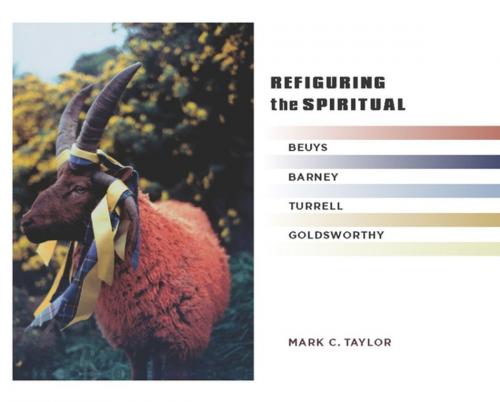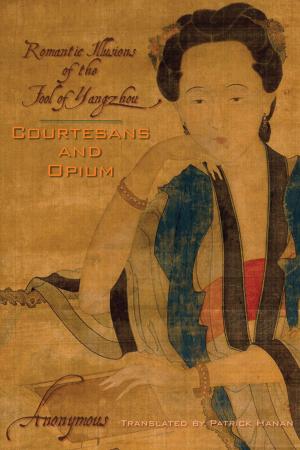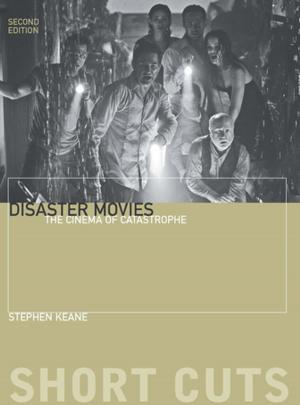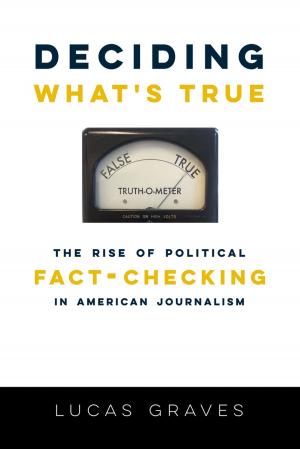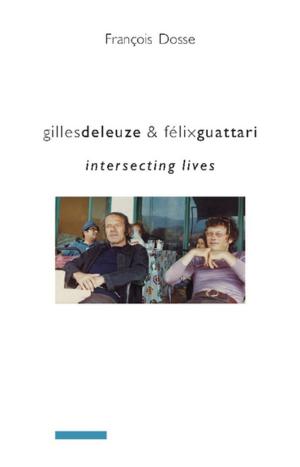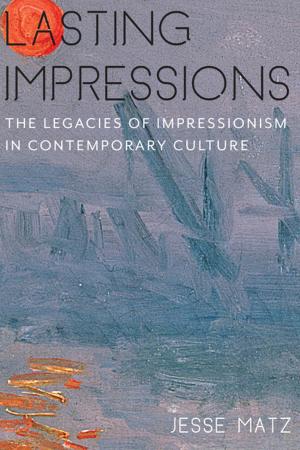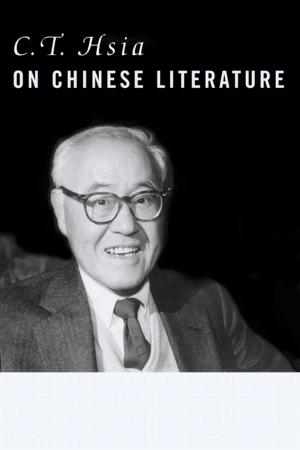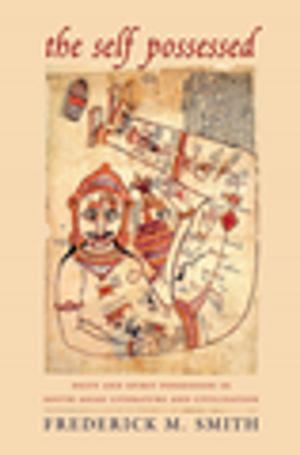Refiguring the Spiritual
Beuys, Barney, Turrell, Goldsworthy
Nonfiction, Art & Architecture, Art History, Religion & Spirituality, Philosophy| Author: | Mark Taylor | ISBN: | 9780231527774 |
| Publisher: | Columbia University Press | Publication: | March 27, 2012 |
| Imprint: | Columbia University Press | Language: | English |
| Author: | Mark Taylor |
| ISBN: | 9780231527774 |
| Publisher: | Columbia University Press |
| Publication: | March 27, 2012 |
| Imprint: | Columbia University Press |
| Language: | English |
Mark C. Taylor provocatively claims that contemporary art has lost its way. With the art market now mirroring the art of finance, many artists create works solely for the purpose of luring investors and inspiring trade among hedge funds and private equity firms. When art is commodified, corporatized, and financialized, it loses its critical edge and is transformed into a financial instrument calculated to maximize profitable returns.
Joseph Beuys, Matthew Barney, James Turrell, and Andy Goldsworthy are artists who differ in style, yet they all defy the trends that have diminished art's potential in recent decades. They understand that art is a transformative practice drawing inspiration directly and indirectly from ancient and modern, Eastern and Western forms of spirituality. For Beuys, anthroposophy, alchemy, and shamanism drive his multimedia presentations; for Barney and Goldsworthy, Celtic mythology informs their art; and for Turrell, Quakerism and Hopi myth and ritual shape his vision.
Eluding traditional genres and classifications, these artists combine spiritually inspired styles and techniques with material reality, creating works that resist merging space into cyberspace in a way that overwhelms local contexts with global networks. Their art reminds us of life's irreducible materiality and humanity's inescapability of place. For them, art is more than just an object or process—it is a vehicle transforming human awareness through actions echoing religious ritual. By lingering over the extraordinary work of Beuys, Barney, Turrell, and Goldsworthy, Taylor not only creates a novel and personal encounter with their art but also opens a new understanding of overlooked spiritual dimensions in our era.
Mark C. Taylor provocatively claims that contemporary art has lost its way. With the art market now mirroring the art of finance, many artists create works solely for the purpose of luring investors and inspiring trade among hedge funds and private equity firms. When art is commodified, corporatized, and financialized, it loses its critical edge and is transformed into a financial instrument calculated to maximize profitable returns.
Joseph Beuys, Matthew Barney, James Turrell, and Andy Goldsworthy are artists who differ in style, yet they all defy the trends that have diminished art's potential in recent decades. They understand that art is a transformative practice drawing inspiration directly and indirectly from ancient and modern, Eastern and Western forms of spirituality. For Beuys, anthroposophy, alchemy, and shamanism drive his multimedia presentations; for Barney and Goldsworthy, Celtic mythology informs their art; and for Turrell, Quakerism and Hopi myth and ritual shape his vision.
Eluding traditional genres and classifications, these artists combine spiritually inspired styles and techniques with material reality, creating works that resist merging space into cyberspace in a way that overwhelms local contexts with global networks. Their art reminds us of life's irreducible materiality and humanity's inescapability of place. For them, art is more than just an object or process—it is a vehicle transforming human awareness through actions echoing religious ritual. By lingering over the extraordinary work of Beuys, Barney, Turrell, and Goldsworthy, Taylor not only creates a novel and personal encounter with their art but also opens a new understanding of overlooked spiritual dimensions in our era.
